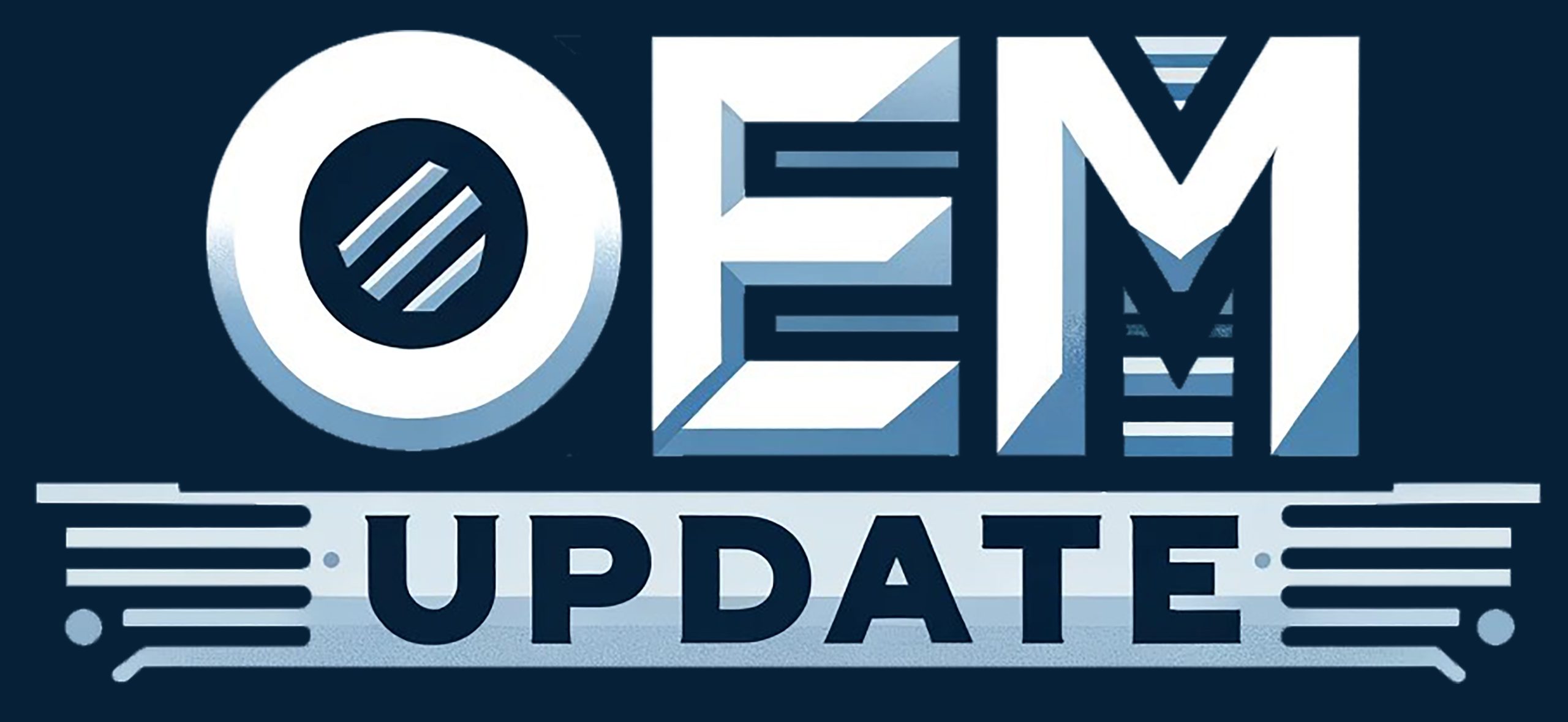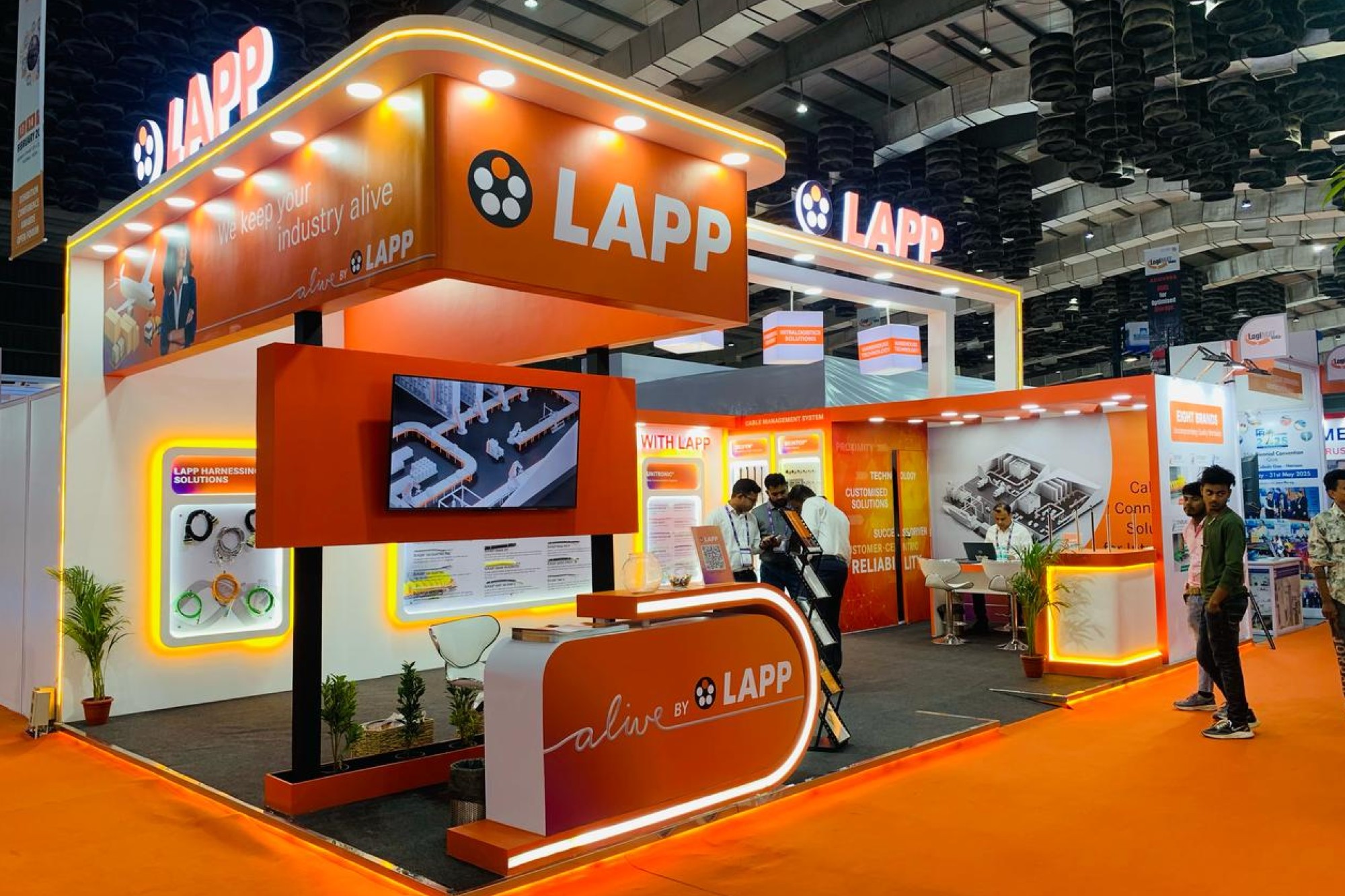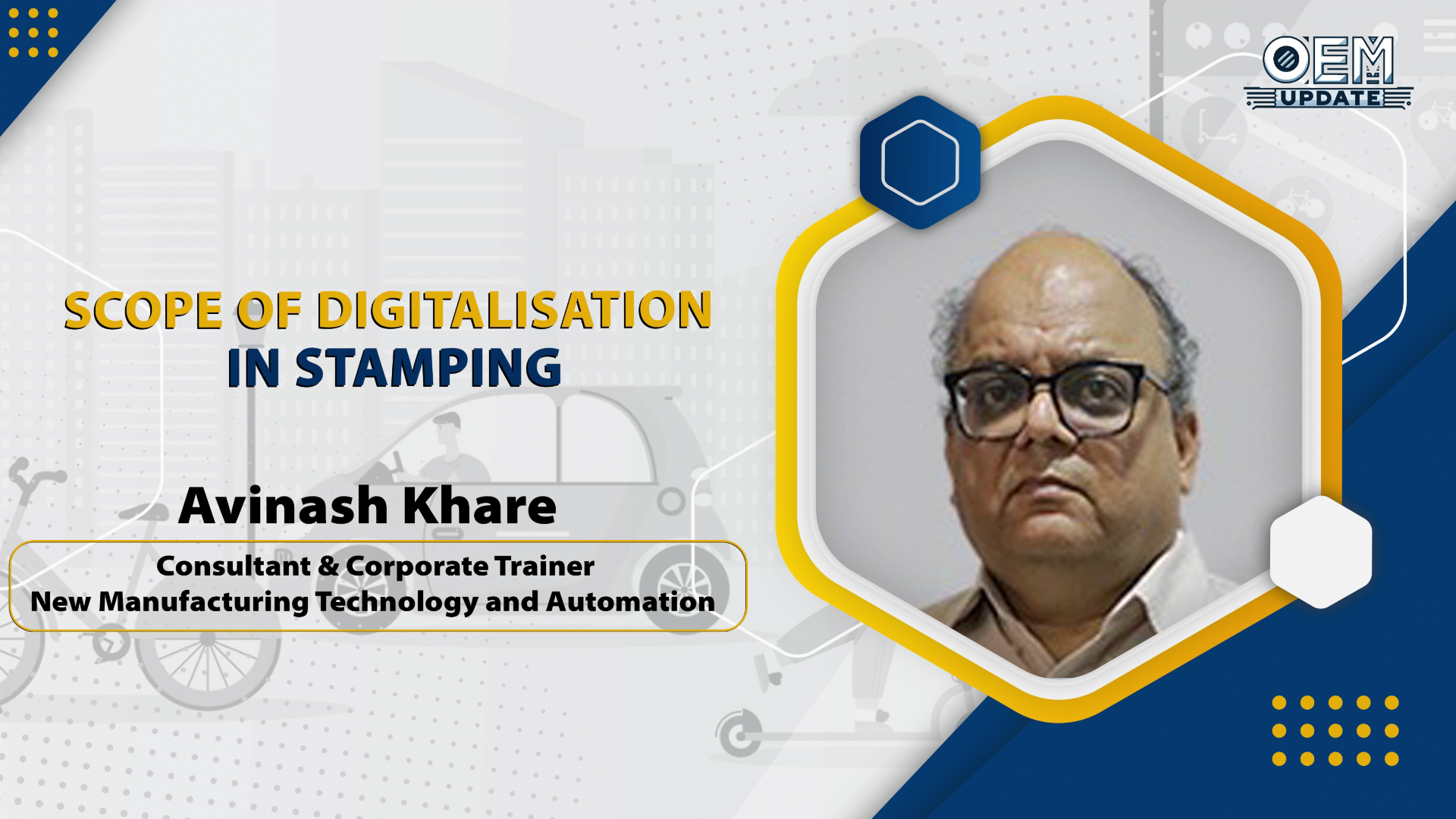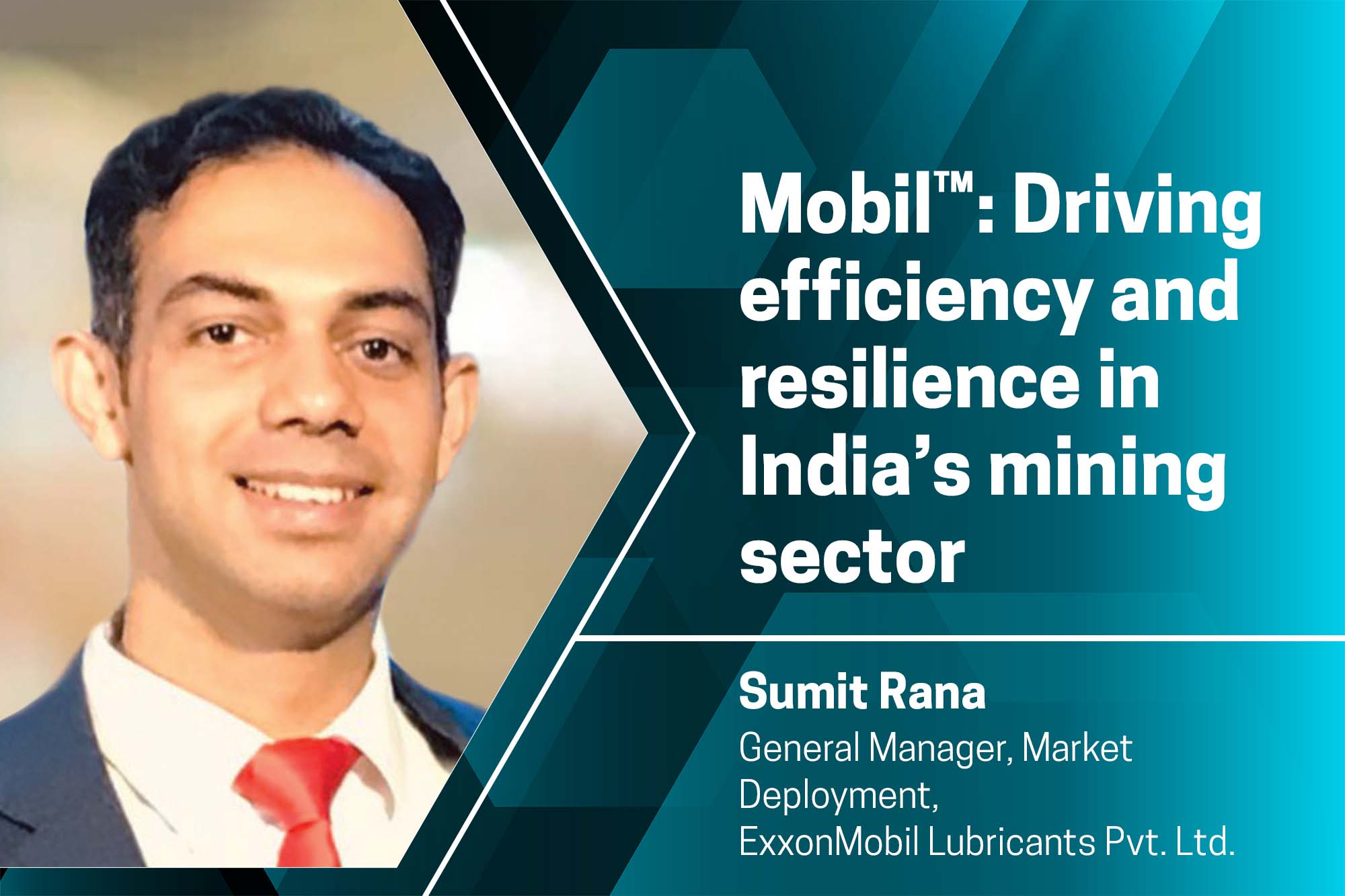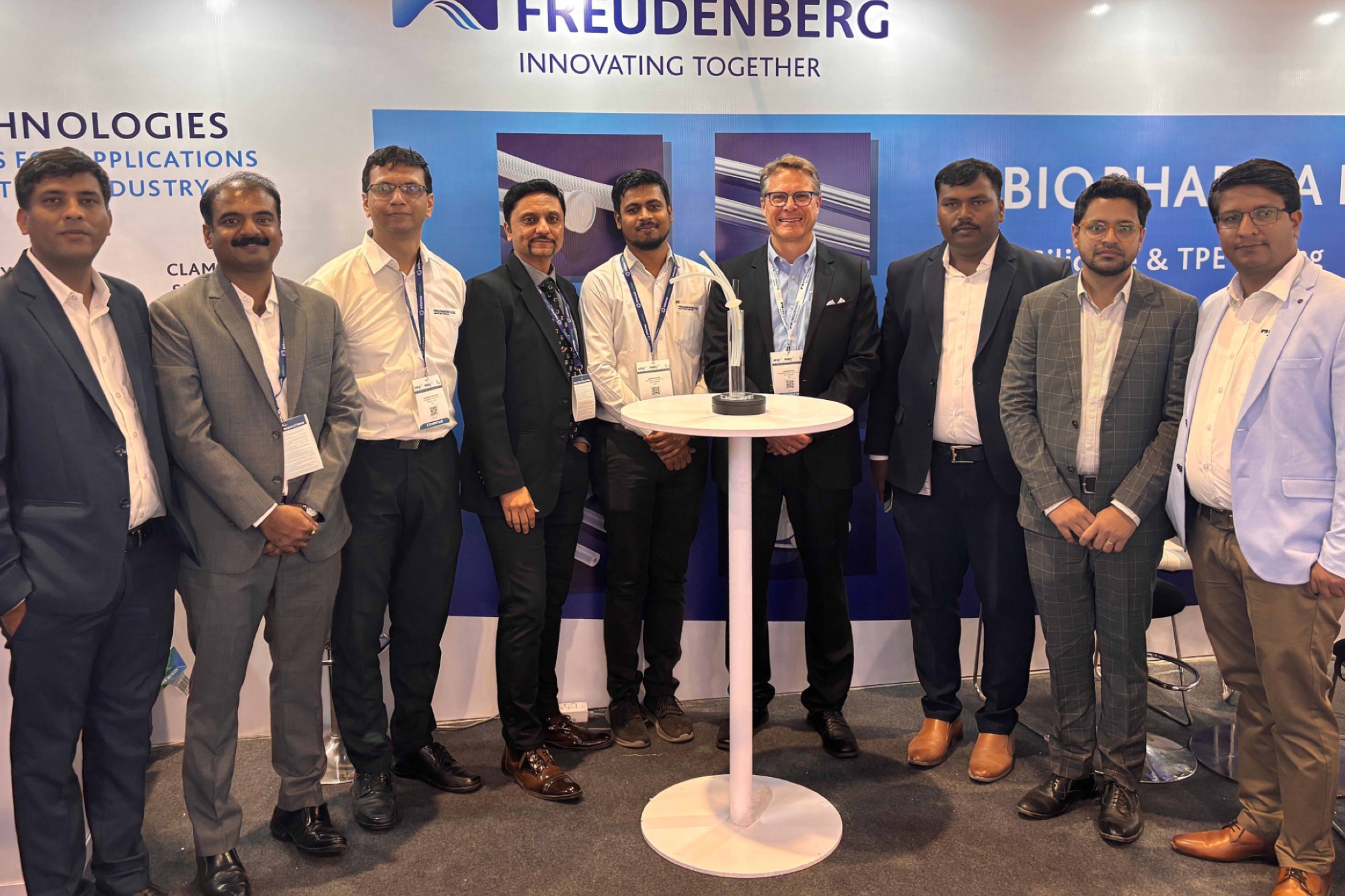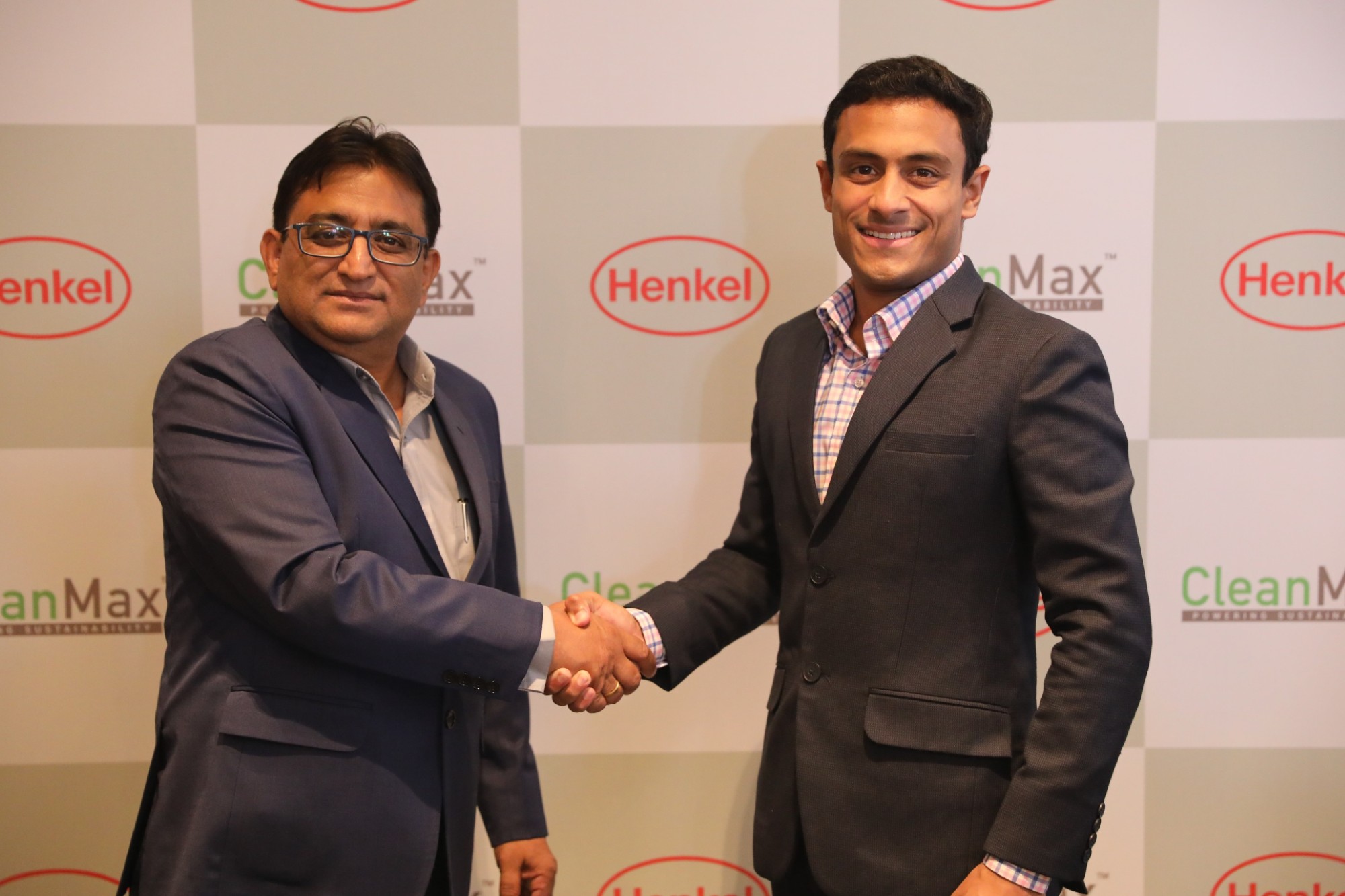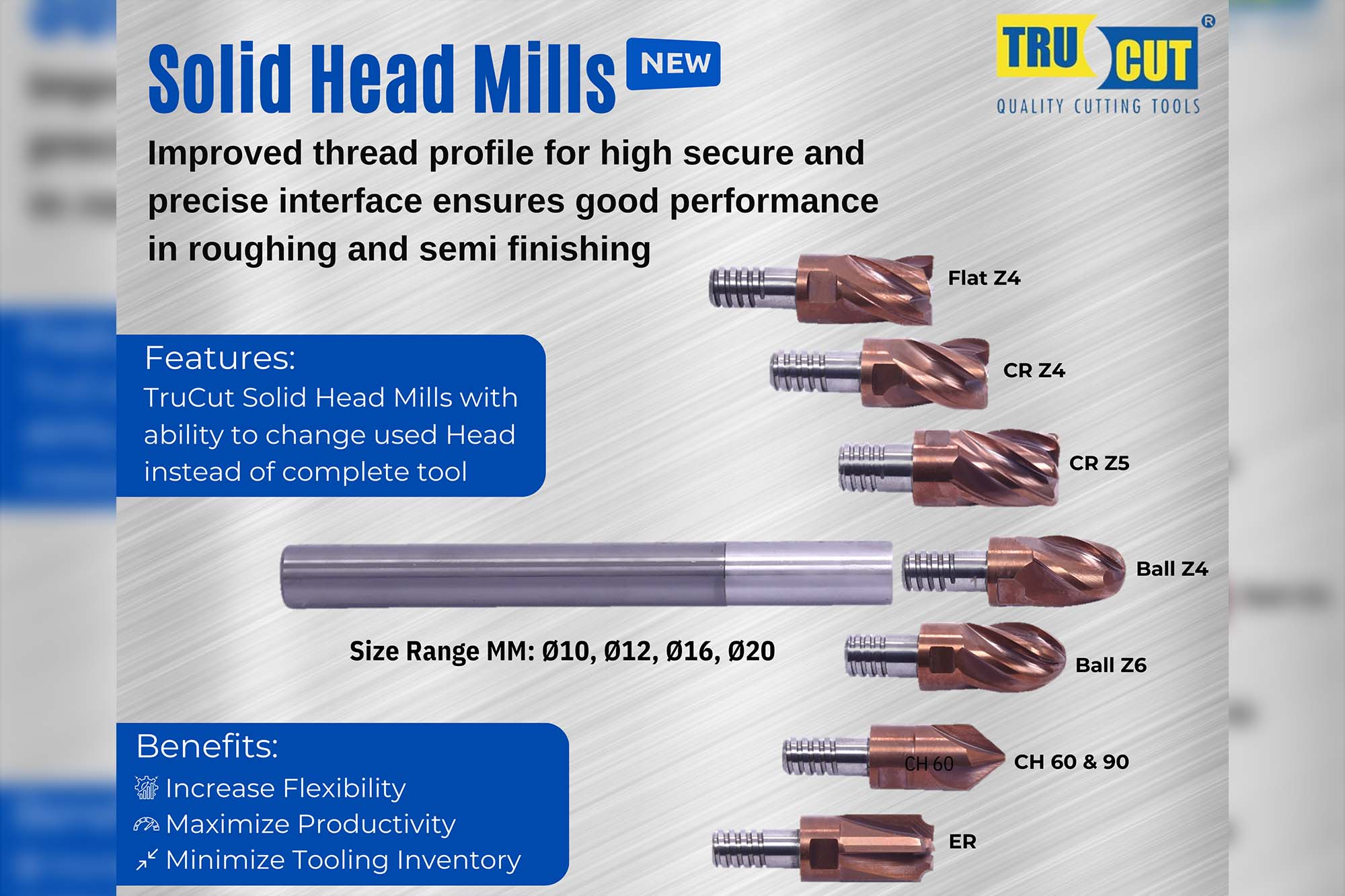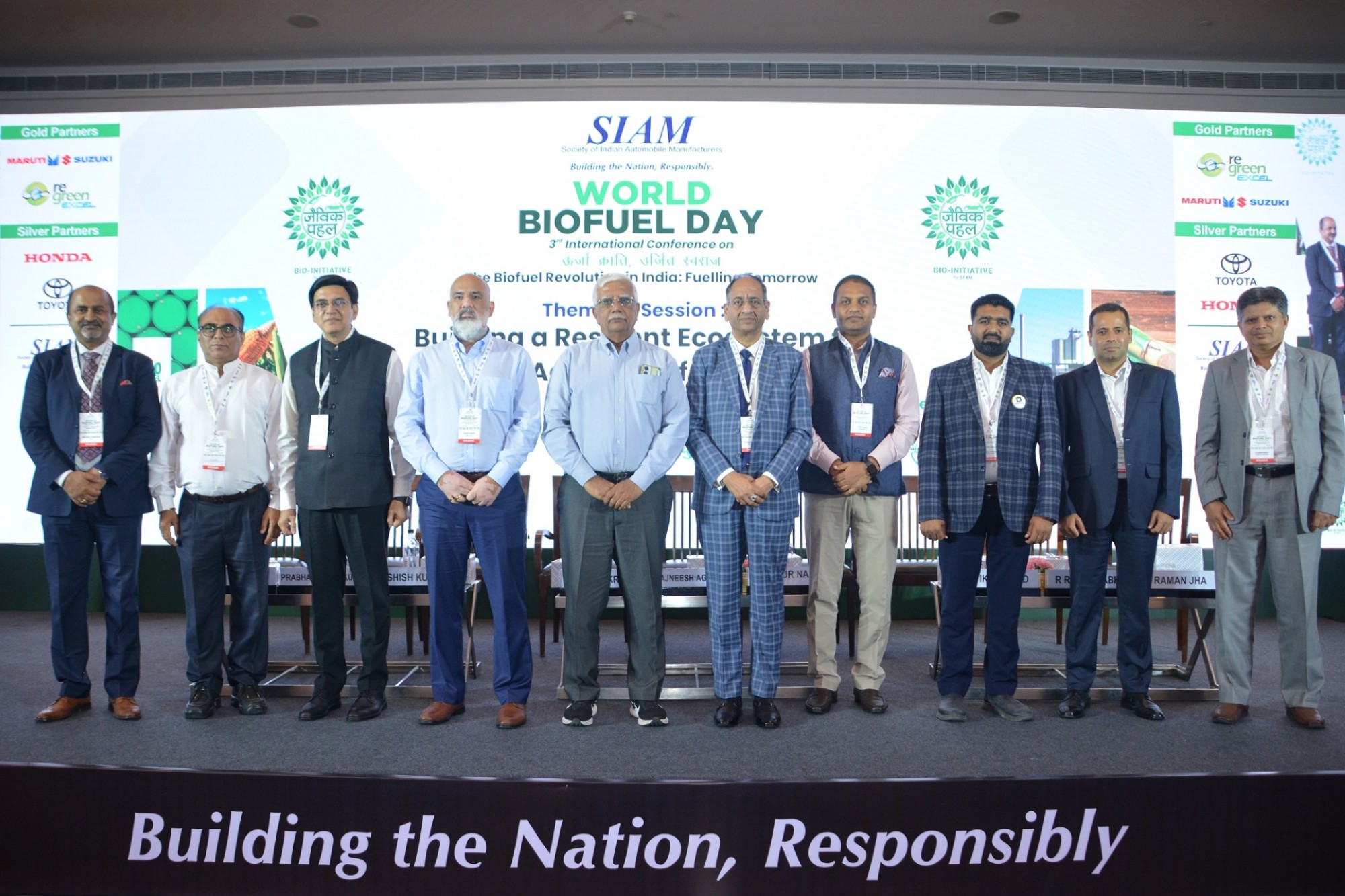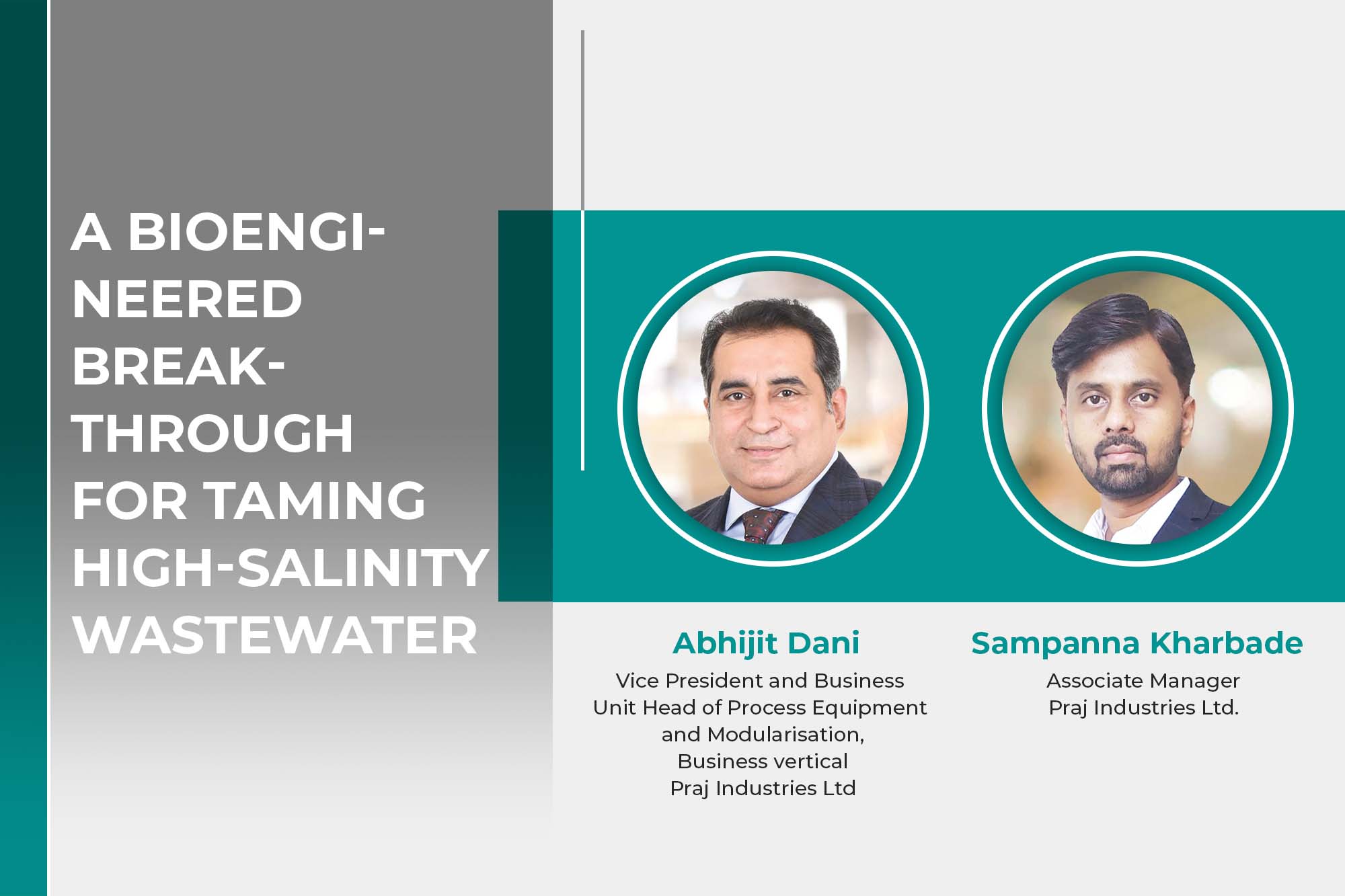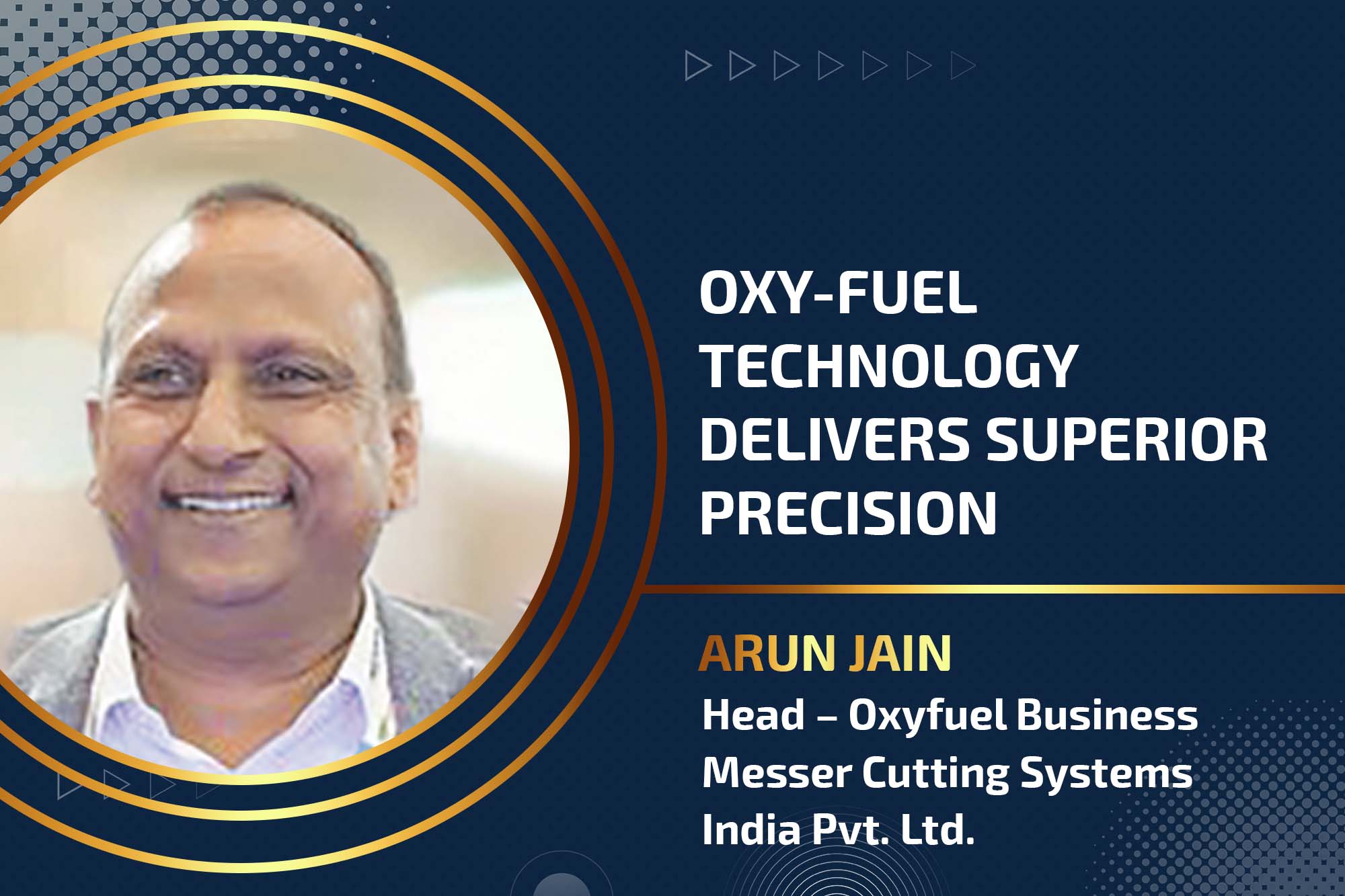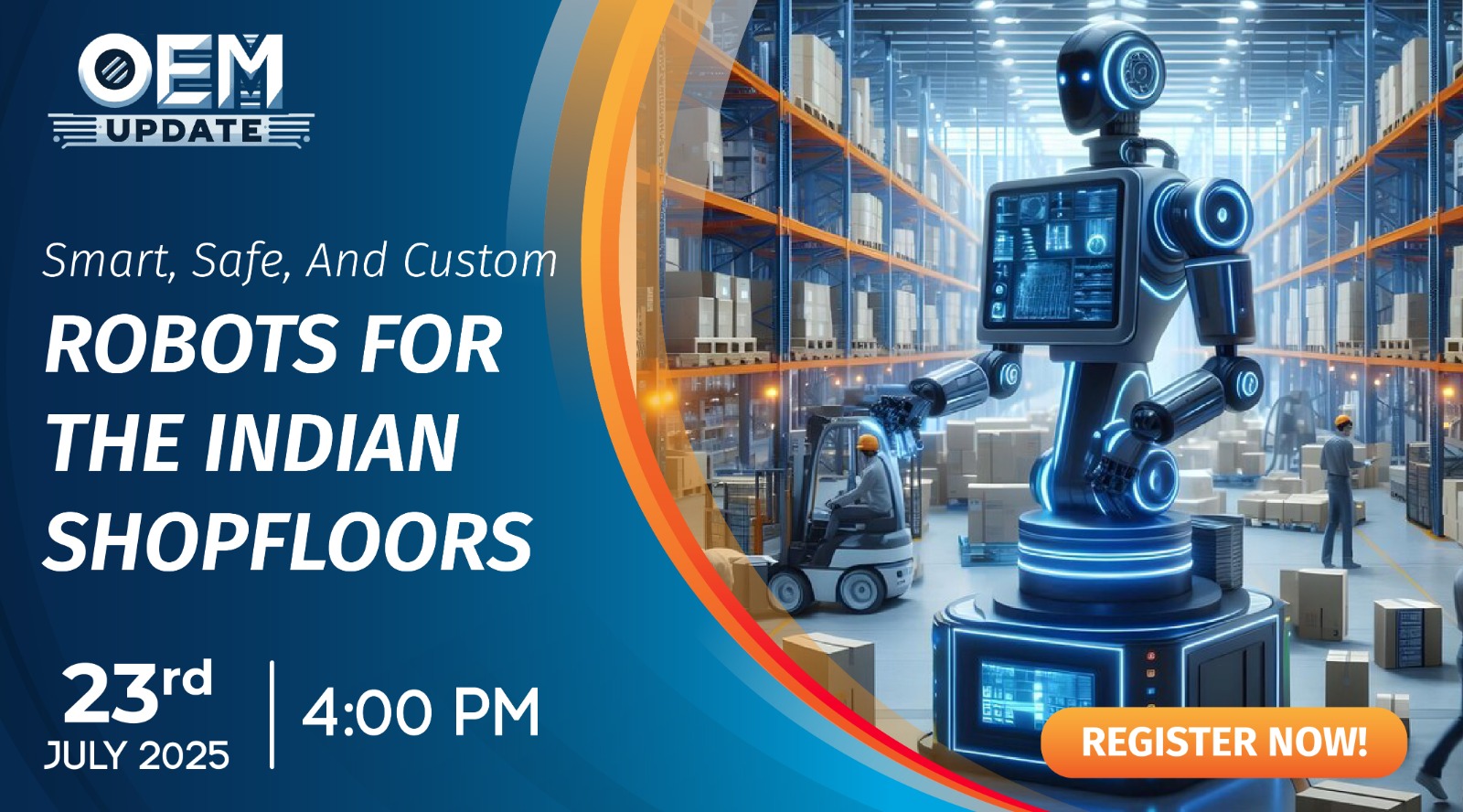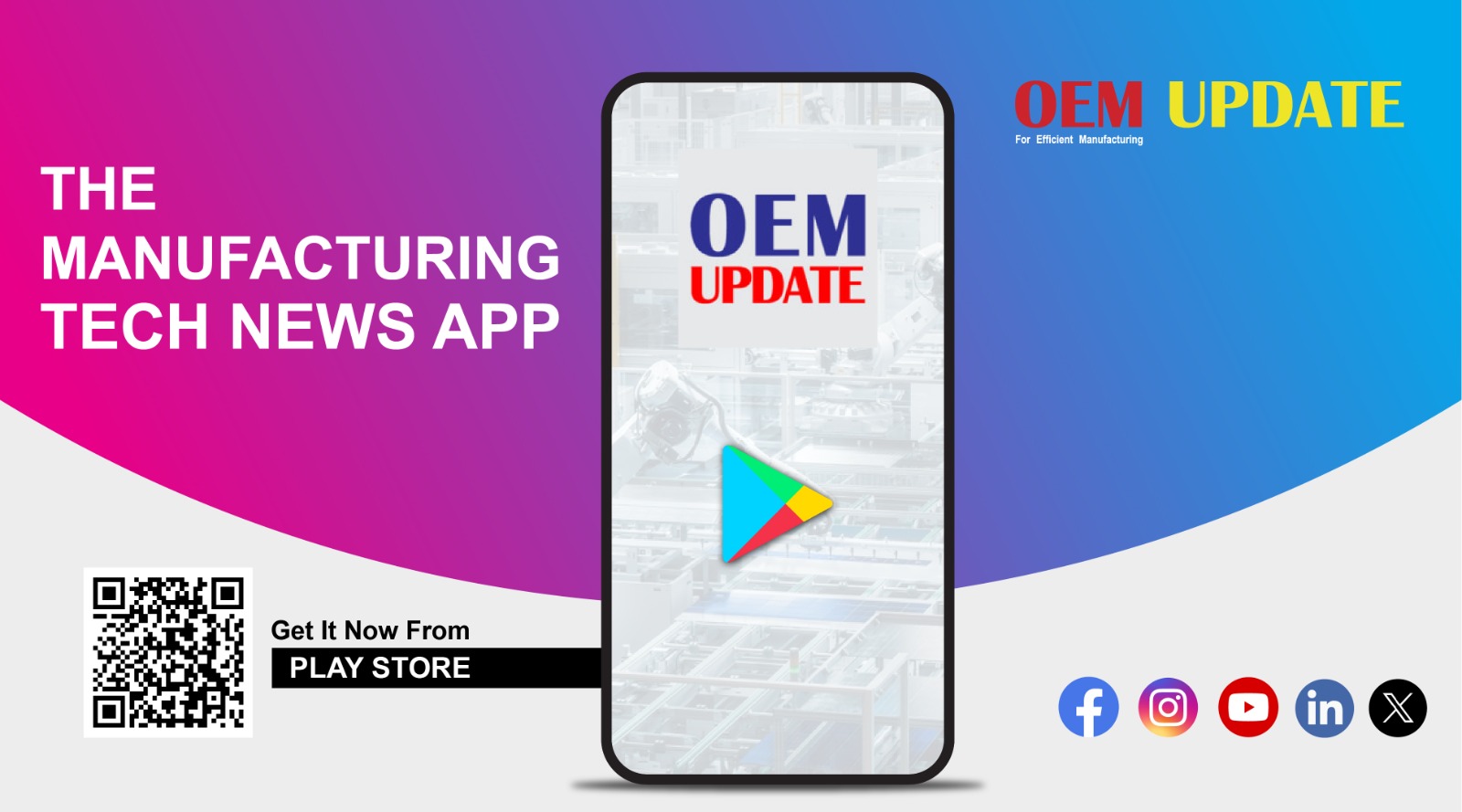WaveLine: Innovation in robot-based press shop automation
By admin March 14, 2013 9:27 am IST
WaveLine: Innovation in robot-based press shop automation
Fagor Arrasate and KUKA Systems have developed innovative press lines which ensure profitability by giving high throughput in an acceptable price
Everybody who does business with automobile industry will agree that it is a competitive business. In fact, luckily or unluckily, the global economic crisis has made our lives difficult as the crisis has forced the automobile manufactures to create new work teams to reduce cost by improving profitability ratios.
This reality passes very well to the Fagor Arrasate S. Coop. and KUKA Systems partnership in the supply of the WaveLine press lines. WaveLine can ensure profitability by giving high throughput in an acceptable price.
WaveLine concept by Fagor and KUKA Systems helps on the stamping of large- and medium-automobile panels such as roofs, side panels, door, and boots.
Press lines consist of individual presses which are operated in start/stop mode via the automation. This means that, as soon as the part has been loaded, a start signal is transmitted to the press by the automation. In that moment, the clutch on the flywheel is engaged and the press cycle begins. After the press has passed lower-dead centre and has returned to upper-dead centre, the clutch is disengaged and the press remains at upper-dead centre. For every stroke, the presses start and stop giving two consequences:• The parts-per-minute throughput is not highest possible as every start-and-stop process loses precious time• The energy costs, and wear and tear caused by start/stop operation increase the running costs (energy lost on clutch and break, energy lost since press must accelerate and break in every cycle, maintenance cost since abrasion of the clutch and brake discs)
KUKA Systems and Fagor Arrasate S. Coop. have developed the WaveLine to solve the above issues. The WaveLine is the first high-speed continuous press line with robotic automation on the market and combines the advantages of both tandem and transfer press lines in an ideal way.
As mentioned before, tandem press lines consist of single presses which run in start-stop mode and are linked by automation systems which produce at low-to-medium throughput with normal capital investment. Transfer press lines operate in continuous mode and are linked by complex special solutions such as feeder or transfer systems that produce a higher throughput, but also necessitate a substantial capital investment. The WaveLine concept allows a continuous and synchronised operation of tandem press lines and, consequently, increases production compare to conventional tandem lines with a lower investment that transfer press lines.
Roughly explained, single presses specially designed for continuous working production which is loaded and unloaded with the KUKA COBRA automation, ensuring a higher number of strokes than conventional robot press lines. This operating mode reduces energy consumption (WaveLine technology uses about 30 per cent less energy than press lines operating in start/stop mode) and protects the press mechanics from wear, as the presses must not be broken in each cycle and then clutched again.
The speed of the presses is controlled by special software developed for this application. A central controller constantly compares position and speed of the presses in relation to each other (electronic encoder for guiding wave). Following a fault on the dies or other event requiring the press line to stop, the press line is started again at a reduced speed; the robots remove the pressed part and load it into the downstream press. The presses are then started at seven strokes per minute with a previously calculated angle offset. This offset depends on the die design, part movement path requirement and the robots’ speed. The robots are in waiting position at the presses to be unloaded. As soon as the first press reach the synchronisation position “Enable Loading”, the first robot removes the part and loads it into the following press. The robots are controlled in relation to the up- and downstream presses and adjust their positions accordingly. Gradually, as production continues, the number of press strokes per minute and the speed of the robots are increased until maximum output is reached.
The KUKA COBRA automation keeps to the actual speed and position of the preceding and/or following press in unloading and loading respectively. The KUKA COBRA automation is synchronised to the presses by a virtual encoder at a scanning rate of 12 ms.
The presses are at the same time controlled to ensure that the angle offset between them which is defined in the simulation is kept in an acceptable range. Too much angle offset gives time to the robot for reaching the downstream press for loading, but at the same time reduces the time to go back on time to reach the unloading position synchronisation.
SimulationAll the automation’s paths of motion as well as the synchronisation to the up/downstream presses are determined by means of simulation. In reality, the wished synchronisation path is compared with the true path and if a significant difference in position is detected it will lead to an emergency stop in order to avoid collision.The KUKA Simulator allows new and/or existing tooling to be simulated in a complete press line using the original 3D data (presses, tooling, robots, grippers, parts, and layout details).
In the opinion of Fagor Arrasate and KUKA Systems, the simulation package is an additional investment which should be always bought together or after the equipment as it is the real tool for improving the final throughput. Some advantages given by the simulation are:• The paths are defined with no risk of breaking the die or the automation.• Interferences between the die and the automation can be detected on manufacturing time, modifying the automation movement path (normally by reducing final total throughput) or the die without affecting the set-up time. • The set-up time in the equipment is drastically reduced and consequently power consumption is reduced (a simulator against real presses consumption) as well as people time is reduced.
Reality the installation parts.Destacker possibilities and throughputBlank loaderFagor Arrasate and KUKA Systems portfolio can supply different flexible blank loader solutions depending on blank size, weight and expected throughput of the line. For the WaveLine concept, the blank loader is specially designed for handling single large, single small and even double steel blanks for a theoretical output volume of up to 16 parts per minute.
The blank loader for the WaveLine is equipped with two loading stations using lifting carriages for the transport of the blanks on pallets either to the left or the right of the line to the separating stations. The two separating stations for steel blanks are fully automatic and equipped with fanning magnets. As soon as the magnets have been activated and the destacking process initiated, two destacking robots, incorporating state-of-the-art KUKA Quantec technology, are deployed for destacking the blanks. If aluminium or stainless-steel blanks have to be processed, air jets will be used to facilitate separation of the blanks.
The destacking robots mounted on linear tracks alternately destack the blanks and deposit the blank on the first conveyor (feed) in front of the washing machine.
The WaveLine destacker concept is equipped with five special magnetic conveyors and two swivelling bridging conveyors for the transport of the blanks whereby one conveyor acts as a buffer in the event that a double blank is detected.
Double-blank detectors are integrated in the feed-conveying belt. Where double blanking is detected, the section of the conveyor reverses automatically and the double blank is dropped into the reject container, installed behind the destacking location.
Washer and oiler requirementsThe washing machine and oil-spraying machine are outsourced depending on the customer requirement.
If the blanks do not required washing, the washing machine can be moved out of position. For this reason, the feed conveyor can be partially moved into the space left by the washing machine and an additional swivelling bridging conveyor fitted on the same conveyor structure is deployed to bridge the gap. Following transfer through the washing machine and the oiler, the blank moves onto the magnetic conveyor (sequencing conveyor), which also acts as a buffer.
The sequencing conveyor is fitted with a swivelling-bridging conveyor in case the oil-spraying machine has been moved out of position.
Part centringAfter passing over the buffer conveyor, the blanks are delivered to the optical-centring station. In the centring station, two KUKA Quantec robots linked to a camera system are used for this application.
The camera system identifies any displacement in actual position of the blanks on the sequencing conveyor in relation to the position originally programmed and communicates this to the robot which carries out the correction required when picking up the blanks. After the blanks have been centred, they are indexed to the loading robot (KUKA COBRA), which loads them into the die of the front press (drawing press).
Cookie Consent
We use cookies to personalize your experience. By continuing to visit this website you agree to our Terms & Conditions, Privacy Policy and Cookie Policy.
